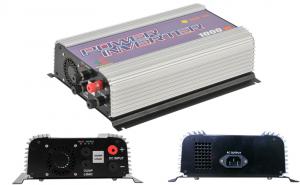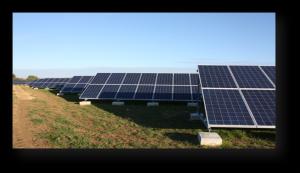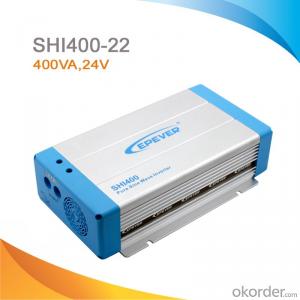Solar Power Without Inverter
Solar Power Without Inverter Related Searches
Home Power Inverter For Solar Solar Power Inverter For House Solar Power Inverter For Rv Inverter Ac With Solar Panel 100w Solar Panel With Inverter Solar Panel Kit With Inverter Rv Solar System With Inverter Solar Panel With Inverter Solar With Electric Inverter Inverter With Battery SolarHot Searches
Type Of Inverter For Solar Types Of Inverter For Solar Used Solar Inverter For Sale Inverter Size For Solar System Solar Edge Inverter For Sale 5kw Solar Inverter For Sale Solar Inverter For Sale Solar Inverter For Battery Solar Inverter For Split Ac Solar Inverter For Laptop Solar Inverter For Fridge Solar Inverter Supplier In Uae Solar Inverter In Saudi Arabia Solar Inverter In Uae Solar Inverter In Kerala Solar Inverter In Nepal Solar Inverter In Burpengary Solar Inverter In Caboolture Solar Inverter In Chennai Type Of Inverter For SolarSolar Power Without Inverter Supplier & Manufacturer from China
Okorder.com is a professional Solar Power Without Inverter supplier & manufacturer, offers integrated one-stop services including real-time quoting and online cargo tracking. We are funded by CNBM Group, a Fortune 500 enterprise and the largest Solar Power Without Inverter firm in China.Hot Products
FAQ
- The function of a solar inverter in a solar power system is to convert the direct current (DC) produced by the solar panels into alternating current (AC), which is the type of electricity used in most homes and businesses. This allows the solar energy to be utilized for powering electrical appliances, feeding excess energy back into the grid, or storing it in batteries for later use.
- Yes, a solar inverter can be used with a battery backup system. A solar inverter is responsible for converting the DC power generated by solar panels into AC power used in our homes. By connecting a battery backup system to the solar inverter, excess solar energy can be stored in batteries for later use, providing power during periods of low or no sunlight, such as at night or during power outages.
- Installing a solar inverter in a multi-storey building is indeed possible. The process of installation in such a building is similar to that in any other structure. Usually, the solar panels are placed on the rooftop or another open area that allows for maximum sunlight exposure. The solar inverter then converts the DC power generated by the panels into AC power. In a multi-storey building, the solar inverter can be positioned either on the rooftop or in a dedicated room or space on one of the floors. Factors like accessibility, ventilation, and proximity to the solar panels should be considered when deciding where to install it. Compliance with local building codes and regulations is crucial to ensure the inverter is placed in a safe and secure location. Furthermore, proper installation of the wiring and cabling necessary for connecting the solar panels to the inverter is essential. The vertical distance between the panels and the inverter should be taken into account. Additionally, precautions must be taken to prevent any harm or electrical risks during the installation process. By carefully planning and using appropriate installation techniques, a solar inverter can be readily installed in a multi-storey building. This installation will enable the utilization of solar energy and reduce electricity costs for the building's residents or occupants.
- Yes, a solar inverter can be used with different types of monitoring systems. Solar inverters are designed to convert the direct current (DC) electricity produced by solar panels into alternating current (AC) electricity that can be used in homes or businesses. While some inverters come with built-in monitoring systems, they can also be connected to external monitoring systems that provide more advanced data and analytics. This allows users to monitor and manage their solar power generation and consumption effectively, regardless of the monitoring system they choose to use.
- No, you cannot connect solar panels directly to the grid without an inverter. An inverter is necessary to convert the direct current (DC) generated by the solar panels into alternating current (AC) that can be used by the electrical grid.
- A solar inverter manages voltage stability in the grid by regulating the voltage levels of the electricity generated from the solar panels. It ensures that the voltage produced by the solar panels matches the voltage required by the grid, thus maintaining a stable and consistent voltage throughout the system. Additionally, solar inverters may also have features like reactive power control and voltage regulation capabilities, which further contribute to maintaining voltage stability in the grid.
- Yes, solar inverters are designed to withstand high humidity and extreme temperatures. They are built with robust materials and protective coatings to ensure reliable operation in various environmental conditions. Additionally, many solar inverters undergo extensive testing and are certified to meet industry standards for performance and durability in challenging climates.
- Photovoltaic grid-connected inverter without DC emc how will happen
- can convert light energy into electricity, so that the current flow from one side to the other, the general can be issued equivalent to 10 to 20% of the received light energy. In general, the stronger the light, the more electricity is generated. Its working principle is based on the semiconductor PN junction of the photovoltaic effect. The so-called photodynamic effect is when the object by the light, the object within the charge distribution of the state of the electromotive force and current generated an effect.












































